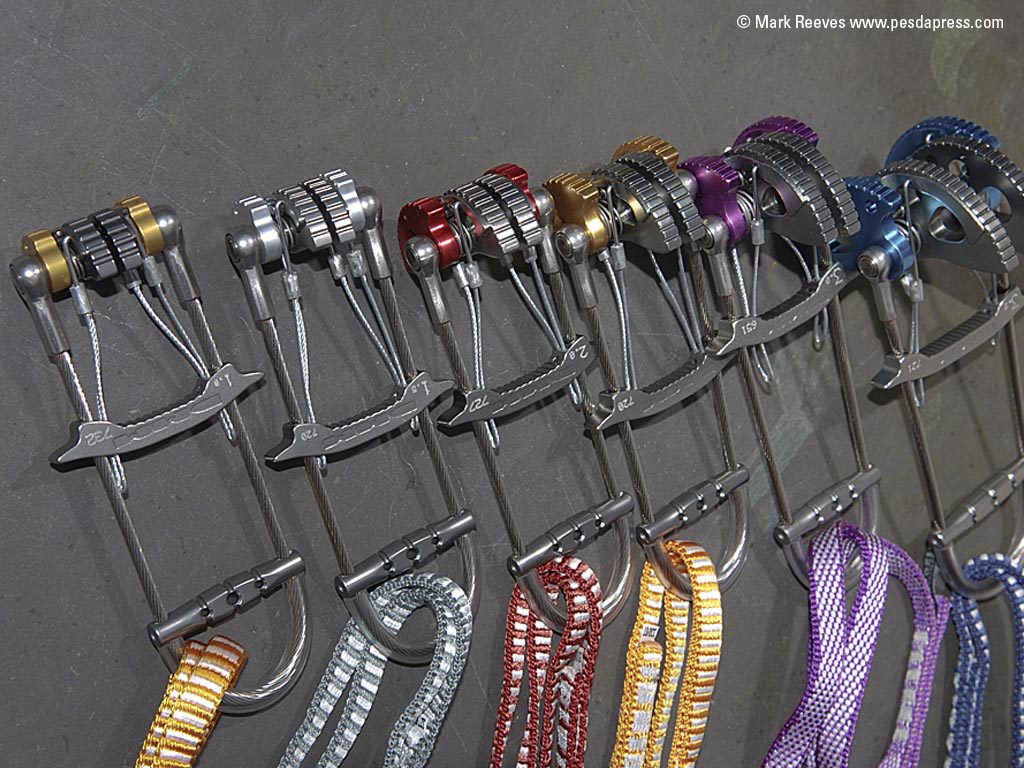Rock Climbing for Beginners: Placing Cams

Camming devices and Friends were a breakthrough in rock climbing design and are mini engineering wonders that most climbers covert. They are by far the most misused item on a climbing rack as there are many things to consider when placing. If you understand these aspects then cams can offer great protection in places that wires or hexes simply do not fit.
First off you need to understand the mechanics in a basic way, as these show one of the limitations of all coming devices. First off to stay in place the cam converts downward force into outward force. This means the rock needs to be much more solid than it would if you were placing a hex or wire. As a rough guide the cam exerts up to four times the force that you the climber can create in a fall outwards onto the side of the crack. In doing so the greater the force in a fall the greater the holding force of the cam. As you can imagine this can be quite high.
It is therefore essential you place the cam into solid rock, and be wary of using them on superficial flakes that might be prized off in by the force of a fall. Although this is rare it is possible.
Secondly, the cams come in many sizes and the tolerance to what size cam will fit where is important. As if you over or under cam the placement, the integrity of the placement is compromised. As a guideline try and get the lobes of the cam to be cammed between 25% and 75% of their range.

Finally, cams will walk into a crack if the rope moves it when you are climbing as such extending a cam can be vital, especially if the cam might walk into a crack that widens out deeper into the crack. As it may fall out. Similarly, it may walk into a place that makes it hard or impossible to remove, which can be costly.
Other important things are to get all four lobes in contact with the rock and make sure the stem is pointing in the direction that any load will occur if you fall off. Therefore the stem should generally angle down and not out towards you unless the cam is being placed into a break.
Cams are extremely complex and it may be going on a two day learn to lead climb course so you can be taught about how they work and how to place them. There is more advice on cams in How To Climb Harder, which you can buy from here.